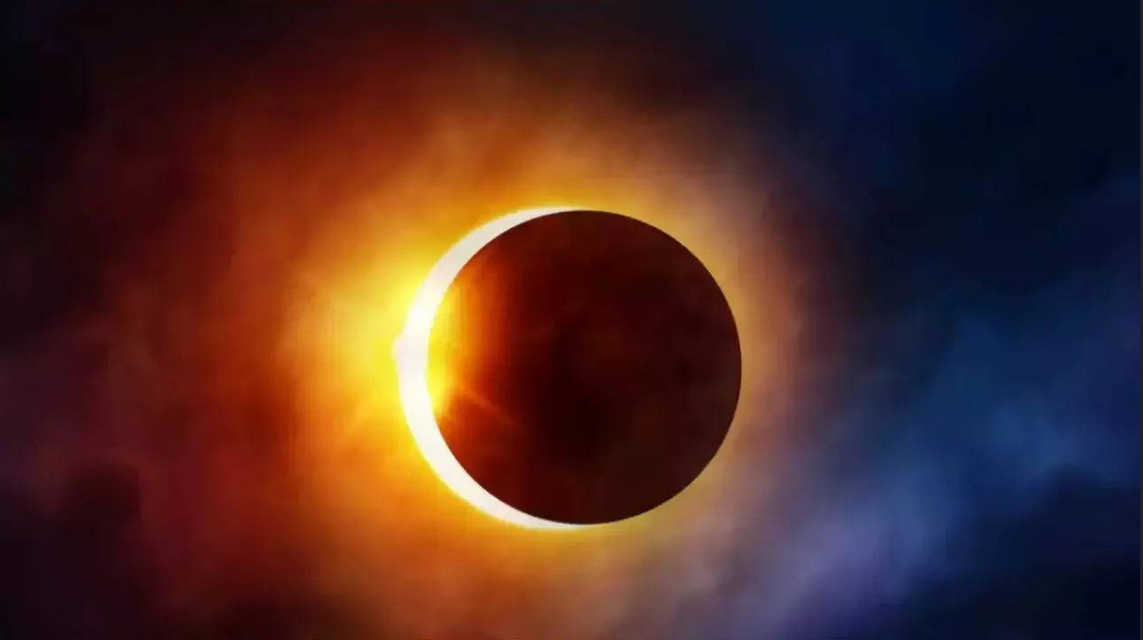
Solar Eclipse (Surya Grahan) March 2025 Date, Time, Visibility in India: A spectacular celestial event––a solar eclipse, also known as the Surya Grahan––is set to occur on March 29, 2025. A solar eclipse occurs when the Moon passes between the Earth and the Sun, partially or completely blocking sunlight.
In this case, it will be a partial eclipse, meaning the Moon will cover only a portion of the Sun. It is also being referred to as a double sunrise eclipse, a rare phenomenon where the Sun appears to rise twice.
This event will be visible from several parts of the world but not from India. It will be visible to those in parts of the United States of America, Canada, Greenland and Iceland.
How to catch a glimpse of the partial Solar Eclipse?
If you are keen on witnessing the upcoming partial solar eclipse, you may need to travel to one of the aforementioned countries. Alternatively, you can livestream the event on various online platforms from the comfort of your home.
According to Indian Standard Time, the partial solar eclipse will begin on March 29 at 2:20:43 PM, reach its maximum eclipse at 4:17:27 PM, and end at 6:13:45 PM. The entire event will last for approximately four hours.
Since this solar eclipse will align with sunrise in certain locations, it will create an illusion of two sunrises. As the Sun begins to rise, the eclipse will already be underway. By the time the eclipse ends, the Sun will appear to have risen again, making it a double sunrise event.
According to a report by Timeanddate.com, the partial solar eclipse will be visible to more than 814 million people, which accounts for 9.94 per cent of the global population. However, only around 44,800 individuals will have the opportunity to witness the eclipse at its peak.
Story continues below this ad
If you are among those who can see it, remember not to look directly at the Sun during the eclipse, as it could permanently damage your vision.
Always use protective gear, such as solar eclipse glasses or a handheld solar viewer that consists of a thin film designed to block harmful rays.
For those unaware, solar and lunar eclipses closely follow each other, typically occurring within two weeks of one another. This time, the solar eclipse serves as a follow-up to the lunar eclipse that took place on March 13–14. The reverse scenario is also possible, where a lunar eclipse follows a solar eclipse.






